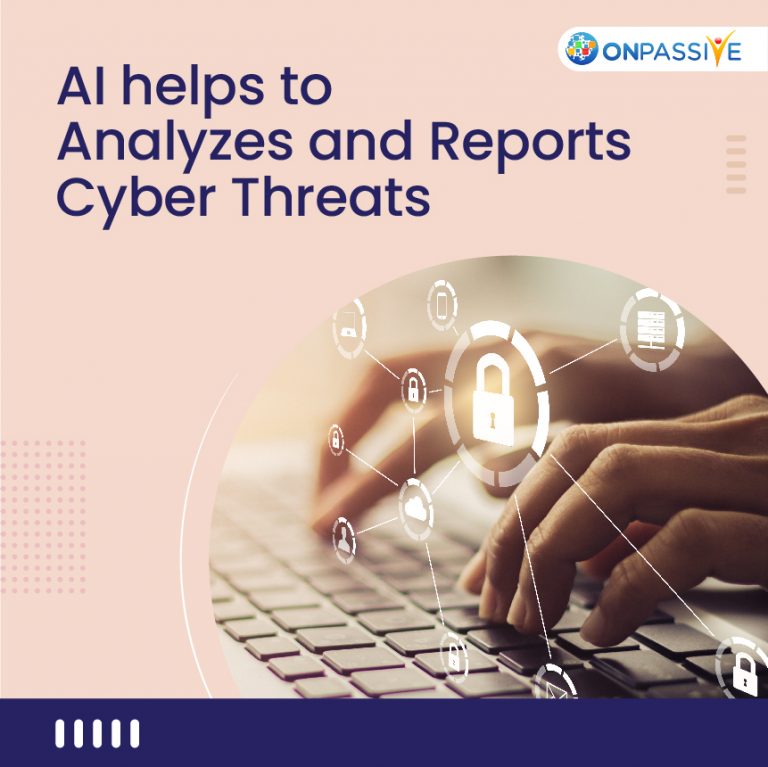
Artificial Intelligence (AI) is a technology’s capacity to think and act like a person, and it’s being used to assist defend against cyberattacks. Using AI and ML to discover vulnerabilities improve human skills substantially since Artificial Intelligence cyber attacks can evaluate and report millions of cyber attacks in a fraction of the time it would take a human to do so.
As an AI programme searches and monitors data, it may increase its understanding of many sorts of possible threats. As per a PwC and Data Security Council report titled “Cyber Security India Market: What lies underneath,” AI and ML will be used to power “cyberwar rooms” in businesses, which will help them guard against rising Artificial Intelligence cyber attacks, as well as identify, forecast, and respond to them.
What Is A Cyberattack?
You’ve probably heard a lot of cyberattacks and data breaches recently in the news, but what precisely is a cyberattack, and why is it so crucial to secure our data?
“In short, a cyberattack is a deliberate and often targeted attempt to mount an action via or against digital technology,” says IEEE Senior Member Steven Furnell.
“In practice, cyberattacks can take many forms, but we tend to most commonly associate things like hacking and malware, and perhaps phishing. However, there is a far broader range of labels that can be used to reflect the specific approaches and motivations that may be involved.”
“After the attack, the computer or the network will be destroyed, exposed, modified or lose some functions,” adds IEEE Senior Member Guangjie Han.
“And your personal information or important data will be acquired by someone else without authorization. Consider the potential benefit behind the data — that’s why these attacks exist.”
Junior hackers may just be interested in stealing money, obtaining personal information, or simply inflicting pain on others. Senior hackers may be able to compromise entire corporations or countries.
AI-based Detection Systems
With so many assaults and data breaches, IT departments are turning to AI to bolster their security efforts. In 2018, 44 per cent of businesses globally used some type of AI to identify and repel security assaults on their network, indicating that AI adoption for intrusion detection is slowing. While the number of AI-based IDS users should undoubtedly be far larger, the technology is still in its early stages of development.
How Does AI Prioritize Security Requirements?
After AI has successfully detected possible dangers and hazards, the next step is to prioritize what needs to be handled and in what order.
“Since AI-based detection systems usually work with uncertainty, they are useful not only to raise alerts when something seems to be wrong but also to give a score on how close a given event is from a cyberattack,” says IEEE Member Marcos Simplicio.
“Events with higher scores can then be prioritized accordingly. For example, above a certain score, automated measures may be taken to stop the highly probable attack without any human intervention. Events with a lower score can then be forwarded to administrators for further analysis, and some events with low scores may be simply logged without any additional action, since handling them may not be worth the effort.”
Other Ways To Thwart Artificial Intelligence Cyber Attacks
AI and machine learning aren’t the only tools used to thwart and counter cyberattacks. A variety of strong technologies secure our systems and aid in the prevention of serious intrusions.
In addition to AI, encryption, upcoming quantum cryptography, analytics, IoT security, blockchain security, and hardware authentication technologies, according to IEEE Senior Member Aiyappan Pillai, assist technologists in keeping our digital infrastructure safe.
Conclusion
Finally, continuing to educate people about unusual activities is another method to prevent cyberattacks.
“It is important to remember that security is largely a matter related to processes and behaviours and therefore administrative, education and awareness processes play a key role in any well-designed security strategy,” stresses IEEE Senior Member Raul Coucher.
If you wish to secure your organizations’ data through AI from cyber attacks, contact ONPASSIVE.


